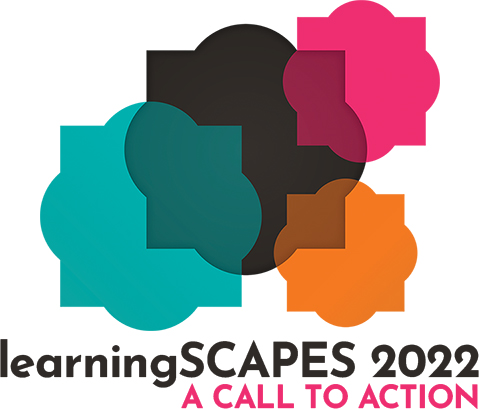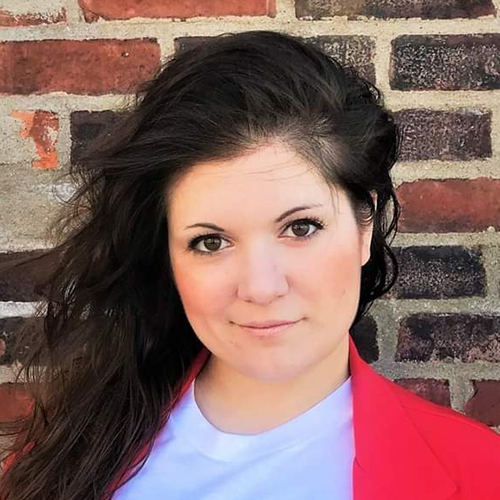 | 1 LU |
 | 1 LU |
This interactive workshop will deep dive into radical empathy embodied within three projects located in underserved communities. We will explore evidence based-research and design at three dramatically different scales and solutions. Our first case study: Metropolitan Family Services in Chicago with simple neighborhood interventions captivating playful learning within two of Chicago’s most disadvantaged communities. Our second case study: Galesburg CUSD #205 in Galesburg, IL, with their newly remodeled King Elementary School expressing and educating about their namesake, Martin Luther King. Our third case study: A.E.R.O. Therapeutic Center in Burbank, IL, a brand-new facility specifically designed for physical and neurodiversities, ages 3 to 24 years. Access to critical learning tools can mean the difference between success and failure later in life. Children in lower-income communities often fall short of their more privileged peers' academic achievements due to a lack of resources and reduced early exposure to basic spatial, numerical, and linguistic concepts that spark early critical thinking and play a major role in adulthood, according to a 2018 study by Brookings Institute scholar Dr. Kathy Hirsh-Pasek. Dr. Hirsh-Pasek's study highlights the potential for learning environments to pull double-duty in supporting not only education, but also neighborhood investment and community pride. We understand built and natural environments have profound impacts on our behaviors both for better and worse. This playful learning workshop will include active learning interactions with full-scale mock-ups of installations meant to spark early critical thinking, as well as takeaways for other designers looking to bring equity to their communities. We will explore many of the questions as posed by the conference: How do we cultivate a sense of place for the better? How might the built and natural environments enhance teaching and learning? How might school buildings and grounds foster a sense of community by reflecting those they serve?
Learning Objectives:

Robin is leader of the national PreK-12 Education practice at Legat Architects. She connects personally to each project insuring the design of every learning environment supports diversity and engages students in a culture of inquisitiveness. Robin's 35 years of experience includes designing and planning award winning educational centers from early learning, elementary, middle, high school including specialty learning environments. Her current research is on How Building Teach Kindness.

Kelsey Jordan is a designer, activist, and leader who is experienced as an educational design professional with an emphasis on education and wellness. Her visions for the future of architecture involve strongly embedded ideologies on designing for equity in the built environment. Through nationally recognized research, she’s an expert on how health and wellness can be implemented for positive change within communities. Kelsey utilizes her passion to design stimulating, future-focused learning environments for Legat Architects.

Design and building owner communities have benefited from Justin’s efforts. As a member of Legat’s Design and Research & Innovation committees, he directs the company’s annual Think Tank symposium, which assembles design professionals, building owners, students, and community members to explore pressing design challenges that impact the world. Justin devotes a great deal of time to advocating for young and future architects in the Chicago region. For instance, he is co-chair of the AIA Chicago Young Architects Forum (YAF) and works closely with the AIA Illinois Emerging Professionals Network, where he serves as the Chicago delegate.
The built and natural environments have profound impacts on our behaviors both for better and worse. How do we cultivate a sense of place for better? How might the built and natural environments be made to enhance teaching and learning? How might school buildings and grounds foster a sense of community by reflecting those they serve?
Primary Core Competency
Design of Educational Facilities: Acts as a resource to the design team in providing ongoing guidance and support to ensure that the emerging and ultimate design aligns with the established community vision, education goals, future programming, written design standards, best/next practices and education policy.